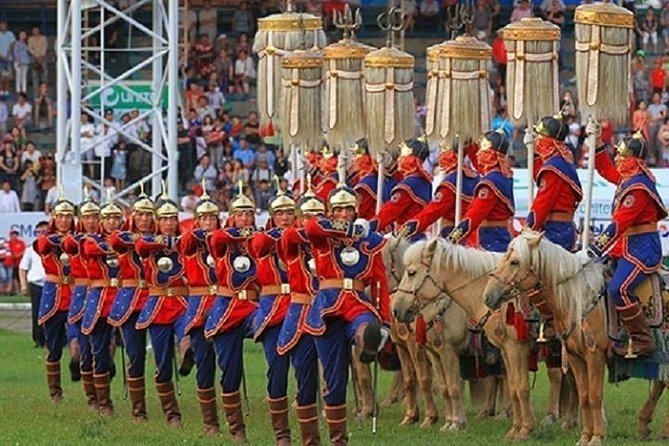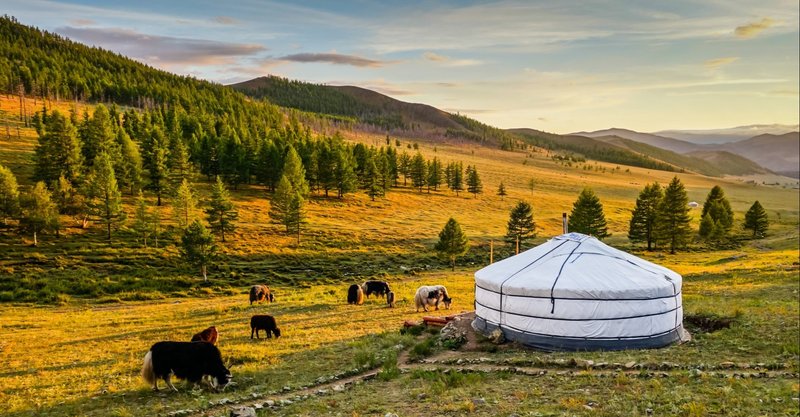
MONGOLIAN CULTURE:
Mongolia is well known for its nomadic traditions, which means people will move from time to time. The nomadic lifestyle is still practiced today in the rural areas of the country. Nomads follow a seasonal routine raising and breeding the five types of animals like goat, sheep, cattle, including yaks, camel and horse, going from place to place following the best places where animals can eat and it is possible to set up a camp.
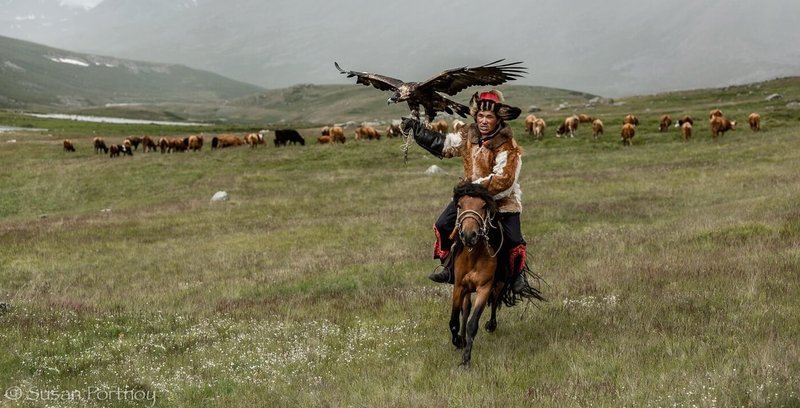
LANGUAGE:
The Mongolian language is the official language of Mongolia. It is part of the Ural-Altaic language family, which also has Kazakh, Turkish, Korean and Finnish in it. Today more than 10 million people speak Mongolian. They live in Mongolia, Buryat republic of Russian federation, Inner Mongolia in China, Shingjan and Gansu regions of China, Tibet and there are also a few number of people living in the State of New Jersey in the USA. In Mongolia, the Khalkha dialect, written in Cyrillic, is the most spoken language. The classical Mongolian writing, also known as Uyghurjin, was the first way of writing created specifically for the Mongolian language, and was the most successful until the introduction of Cyrillic in 1946.
RELIGION:
There are different religions followed in Mongolia, but two are the most important ones there and these are Shamanism and Buddhism. Shamanism goes back in Mongolian history long before Chinggis Khan’s time, but it was Chinggis Khan that made it an important part of the Mongolian tradition. At that time the Mongolians were praying to the“Hoh Tenger” (blue skies). They believed that the skies are the father, and the earth is the mother of all beings in the universe. As a civilization totally connected to the forces of nature, the Mongolians prayed to the different elements of nature, but also they pray to their ancestors who have transformed into mythical spiritual animals to give good weather, health and success. Even if they were oppressed during communist time, Shamanism is still practiced in Mongolia, and people who need help will go to a Shaman for a blessing or cure and to know about their future.
Mongolians have followed Buddhism from the 16th century, when the Mongolian king, Altan Khan, changed religion because of the Tibetan lamas. Mongolians follow Tibetan Buddhist teachings, also called Lamaism, the body of religious Buddhist belief and institutions characteristic of Tibet and the Himalayan region. The Dalai Lama is a very popular figure and has visited the country several times. For many Mongolians, the practice of Buddhism is also mixed with Shamanism, a more ancient spirituality. Mongolia also has a small Muslim community that is about 6 per cent of the population.
FOOD:
The base of the traditional Mongolian food are the products of the animal they raise in the Mongolian steppes, meat and milk. Those simple materials are put together with different methods, and combined with vegetables and flour.
ARTS:
The traditional singing style is known as Urtiin duu or long songs. It is one of the oldest types of Mongolian musical art. Urtiin duu is made of complicated vocal sounds. It has philosophical style, connected to the big spaces and great skill and talent is needed from the singers in their breathing and singing techniques.
Another popular form of art in Mongolia is the playing of the Morin Khuur, the Horse Headed Fiddle. It is used in Khoomii singing and in other forms of traditional music. The origins of the Morin Khuur is connected to the Chinese two-stringed fiddle. With its typical horse-head decoration, it’s really important in all classic Mongolian forms of music.

TRADITIONAL HOUSES:
With a history of over a thousand years, this portable tent made of wood put together with leather and covered with felt is the home of the Mongolian nomads. Easy to prepare and to put away, the ger, its table chairs, and the stove inside can be taken away by just three camels, or wagons pulled by yaks, and this is perfect for the nomadic way of life. A normal ger is small but has enough space for a family, is wind resistant, and has good ventilation. Gers are built on a wood structure covered with layers of felt and canvas. The felt helps the ger to keep the warmth inside and the canvas over it protects from the rain.
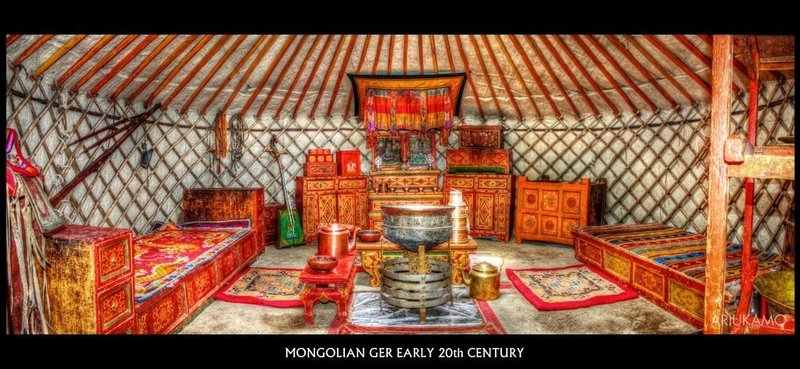
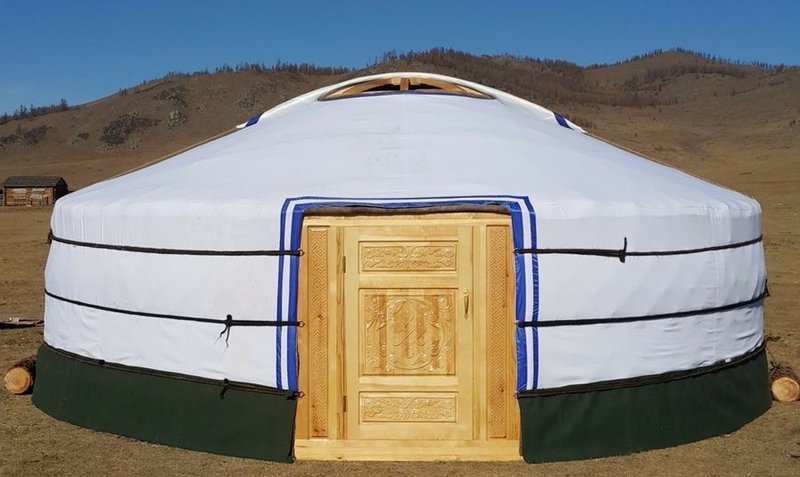
NATIONAL HOLIDAYS:
Naadam Festival is probably the most famous Mongolian Festival. The festival consists of the “three manly sports” like wrestling, horse riding and archery, but there are also festivities, dancing, singing and socializing. The event is celebrated all over Mongolia, with the most important events taking place in the capital.
Tsagaan Sar the “white moon” celebrations are celebrated at the Lunar New Year. It is a tradition to climb a sacred mountain on the first day of the New Year, to welcome the first morning of the New Year on the mountain peak. On the three following days, Mongolians visit their relatives and friends, and enjoy traditional food and drink.
